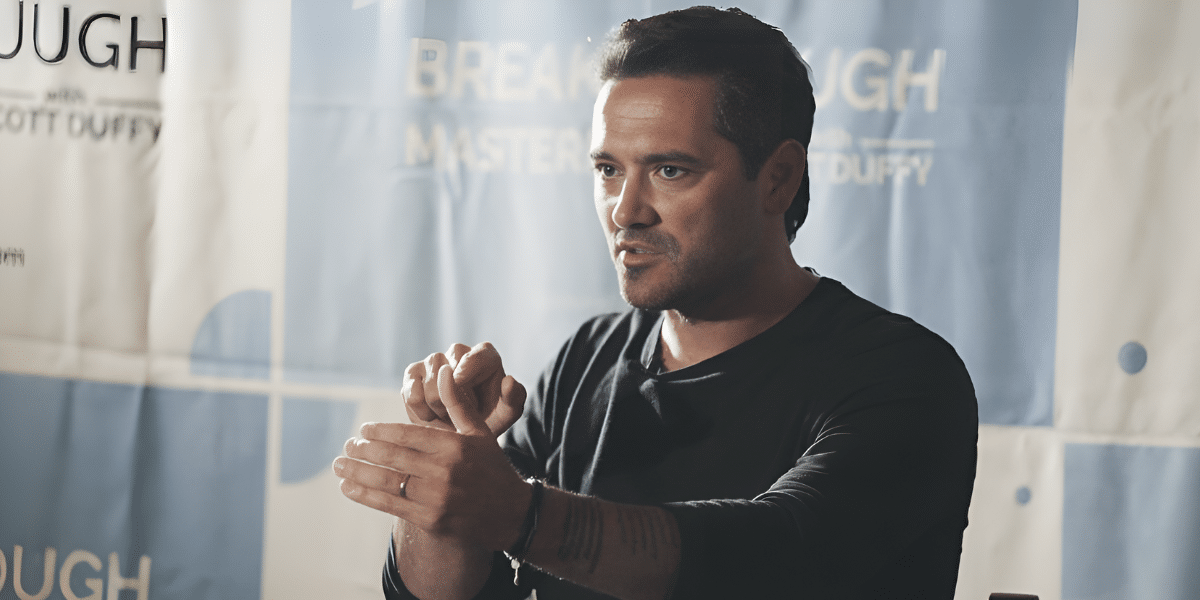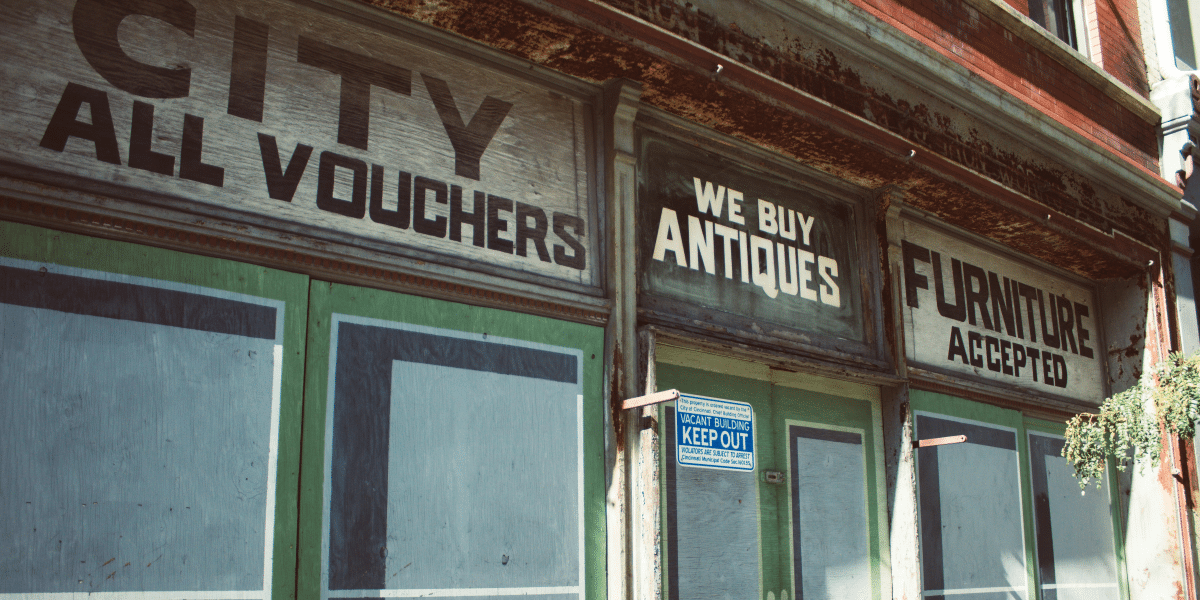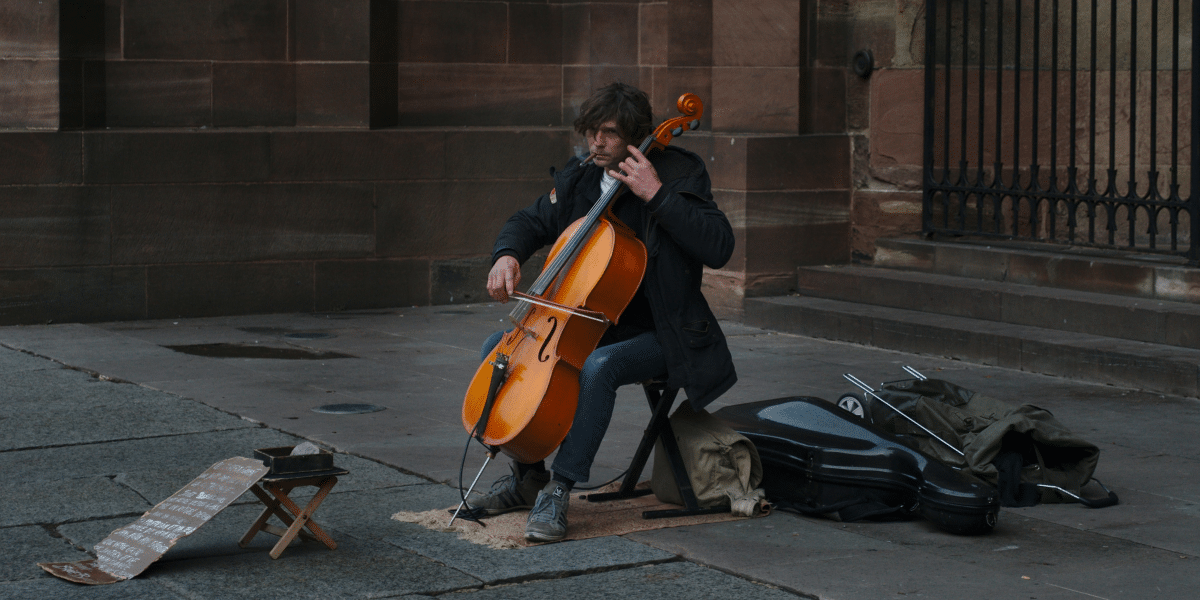San Francisco is a city shaped by its unique challenges: unpredictable fog patterns, the looming threat of drought, and a growing population putting a strain on water resources. But amidst these challenges, a tide of ingenuity is rising. The city is becoming a hotbed for sustainable water innovations, where scientists, entrepreneurs, and everyday residents are proving that necessity is the mother of some seriously smart water solutions.
The ethereal fog that blankets San Francisco is more than just an iconic image; it’s a potential water source. Fog catchers, large mesh panels strategically placed in foggy areas, do just what the name implies – they turn that atmospheric moisture into usable water.
“Fog catchers won’t solve all our water problems, but they’re a piece of the puzzle,” says a researcher involved in a fog collection project. “They prove that by working with our unique climate, not against it, we can tap into overlooked resources.”
Fog catchment is being piloted on rooftops, in community gardens, and even as art installations that serve the dual purpose of raising awareness and harvesting precious drops of water.
Greywater, the gently used water from showers, sinks, and laundry machines, is often flushed down the drain. Recapturing this water is surprisingly effective in a city with limited rainfall. Businesses and even some residences are installing greywater systems to flush toilets, water landscaping, or wash cars – significantly reducing their reliance on potable water.
“Greywater is about mindset shift,” says an urban plumber specializing in these installations. “It forces us to see ‘waste’ water as a resource, not something to be quickly discarded.” While regulations remain a hurdle, the potential is vast: think green roofs watered by shower runoff, or thirsty commercial landscapes thriving on laundry water.
Innovators Leading the Charge
San Francisco is fostering a culture of innovation around water conservation. Start-ups are developing water-saving showerheads that monitor your usage in real-time, encouraging shorter showers. Software companies are helping large businesses pinpoint potential leaks and track their water consumption in detail. And, community initiatives teach urban dwellers to replace thirsty lawns with drought-resistant native plants.
“There’s an energy around this issue in San Francisco,” says an entrepreneur developing a water conservation-focused app. “We know the old ways aren’t sustainable. The solutions are going to be tech-driven, but they’re also about building a collective water-conscious mindset in a city with a history of being resourceful.”
San Francisco’s water revolution isn’t just about hidden pipes and high-tech gadgets. There’s a growing focus on design solutions that make water conservation visible, even beautiful.
Bioswales, often found along sidewalks, filter and direct stormwater runoff, reducing strain on sewers while creating pockets of greenery. “Rain gardens,” planted with drought-tolerant species, are popping up in unexpected urban spaces. These aren’t just water-saving measures; they’re redefining the city’s relationship with its natural environment.
“Water infrastructure can be utilitarian, or it can enhance our landscape,” says a landscape architect involved in water-conscious urban design projects. “It’s about proving that living sustainably in a city can be functional, aesthetically pleasing, and part of a larger message of valuing every drop.”
The lessons learned in San Francisco hold the potential to make waves far beyond its city limits. As drought becomes an increasingly harsh reality in many areas, cities are looking for models of sustainable water management.
“San Francisco is a test bed, messy and imperfect, but that’s where innovation happens,” says a water policy analyst. ” If a city with limited space and a thirst for innovation can make it work, it gives other cities hope that a secure water future is possible, even in the face of some daunting challenges.”












